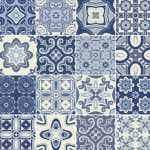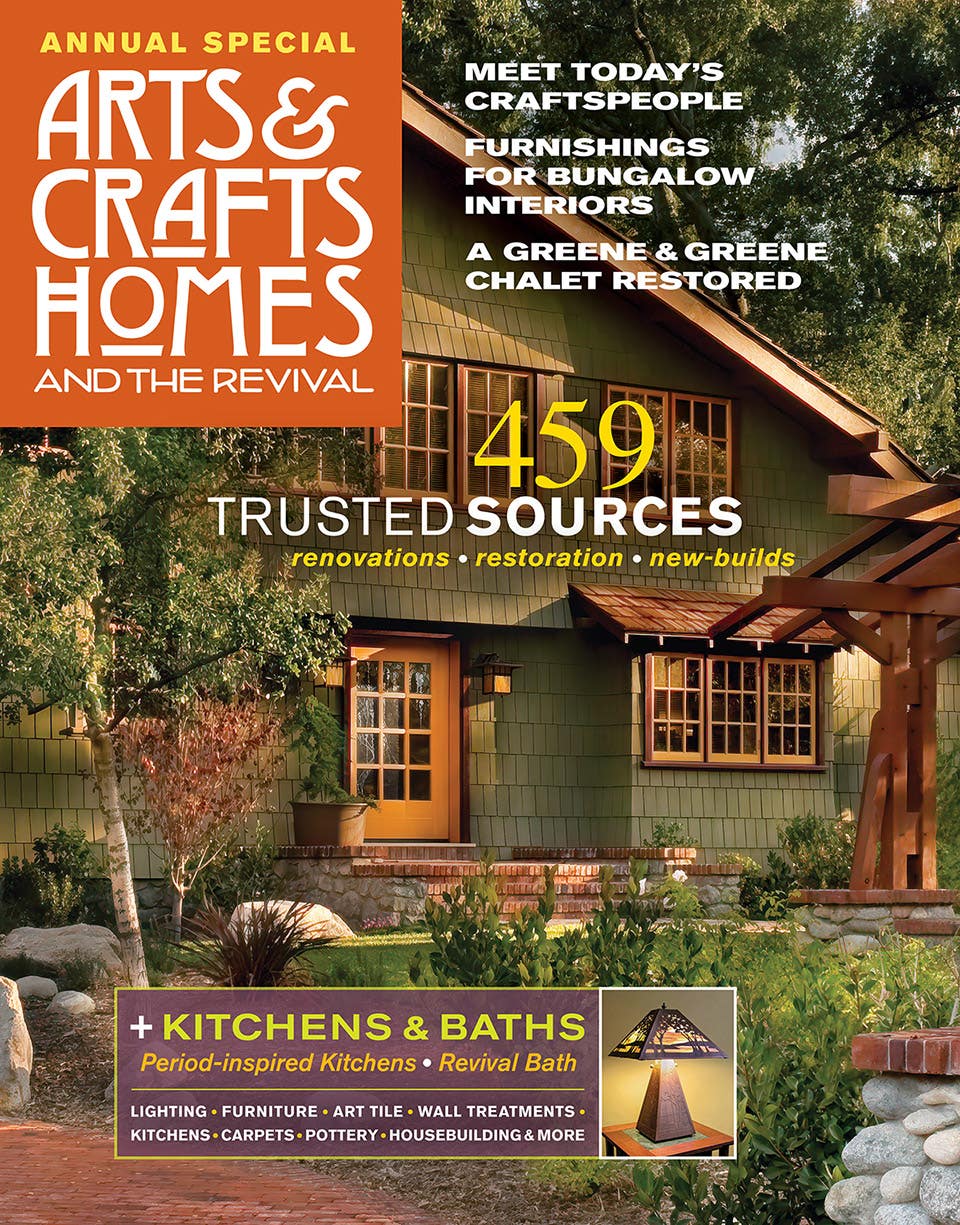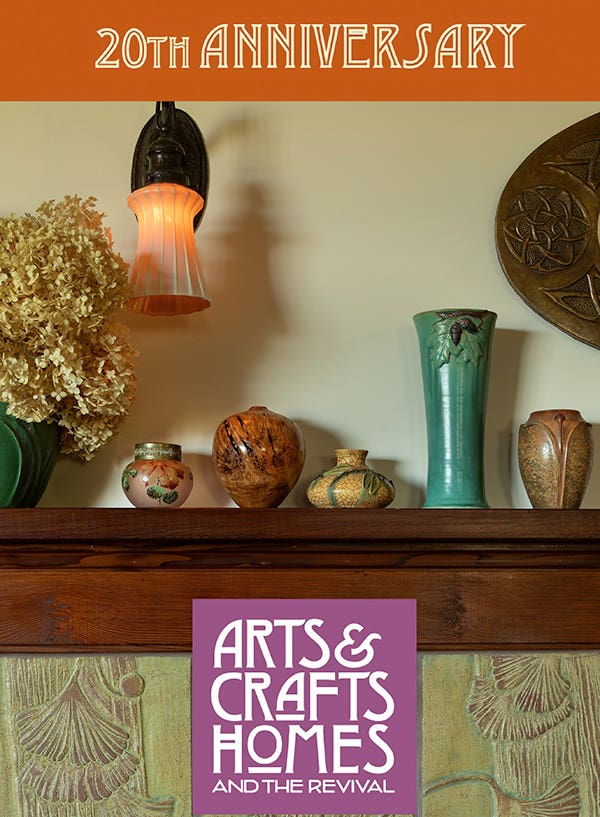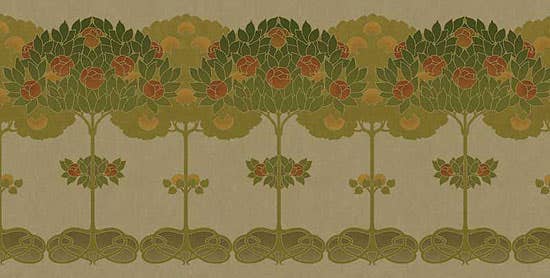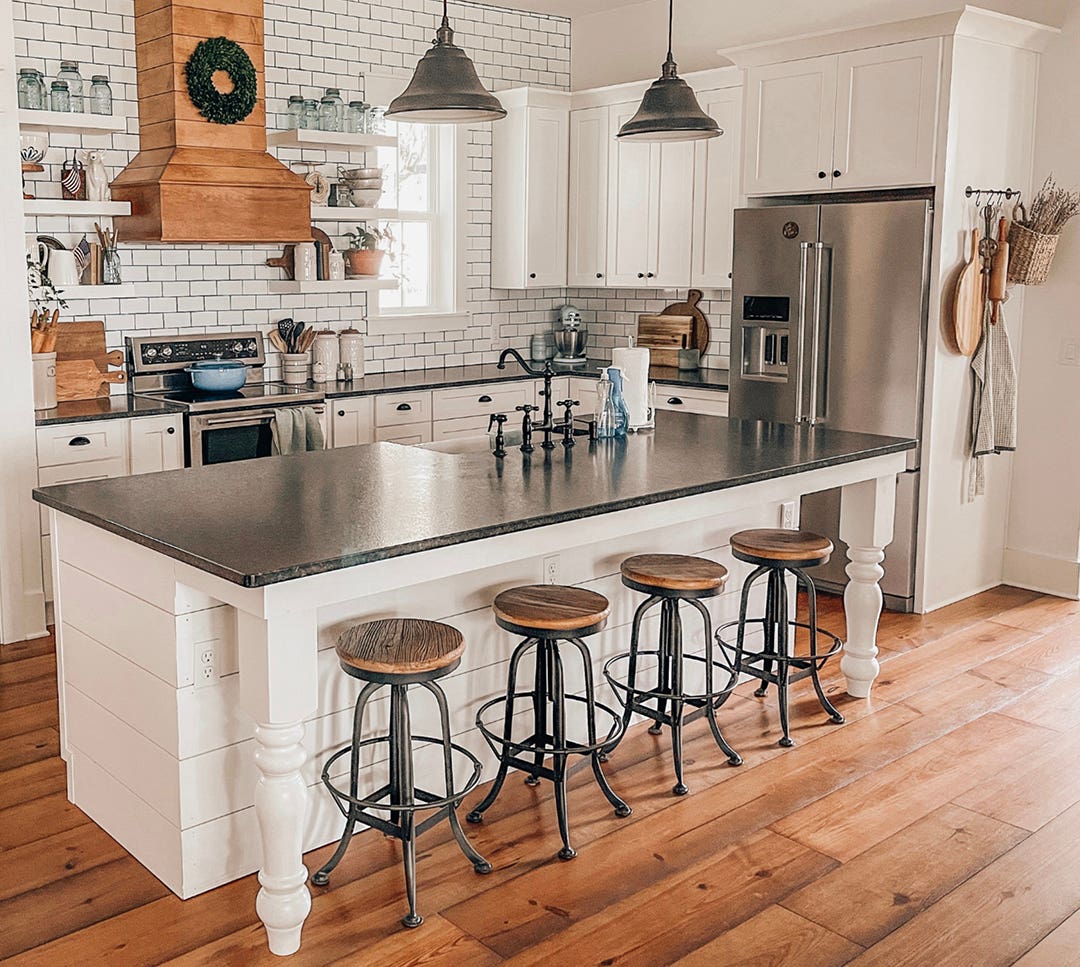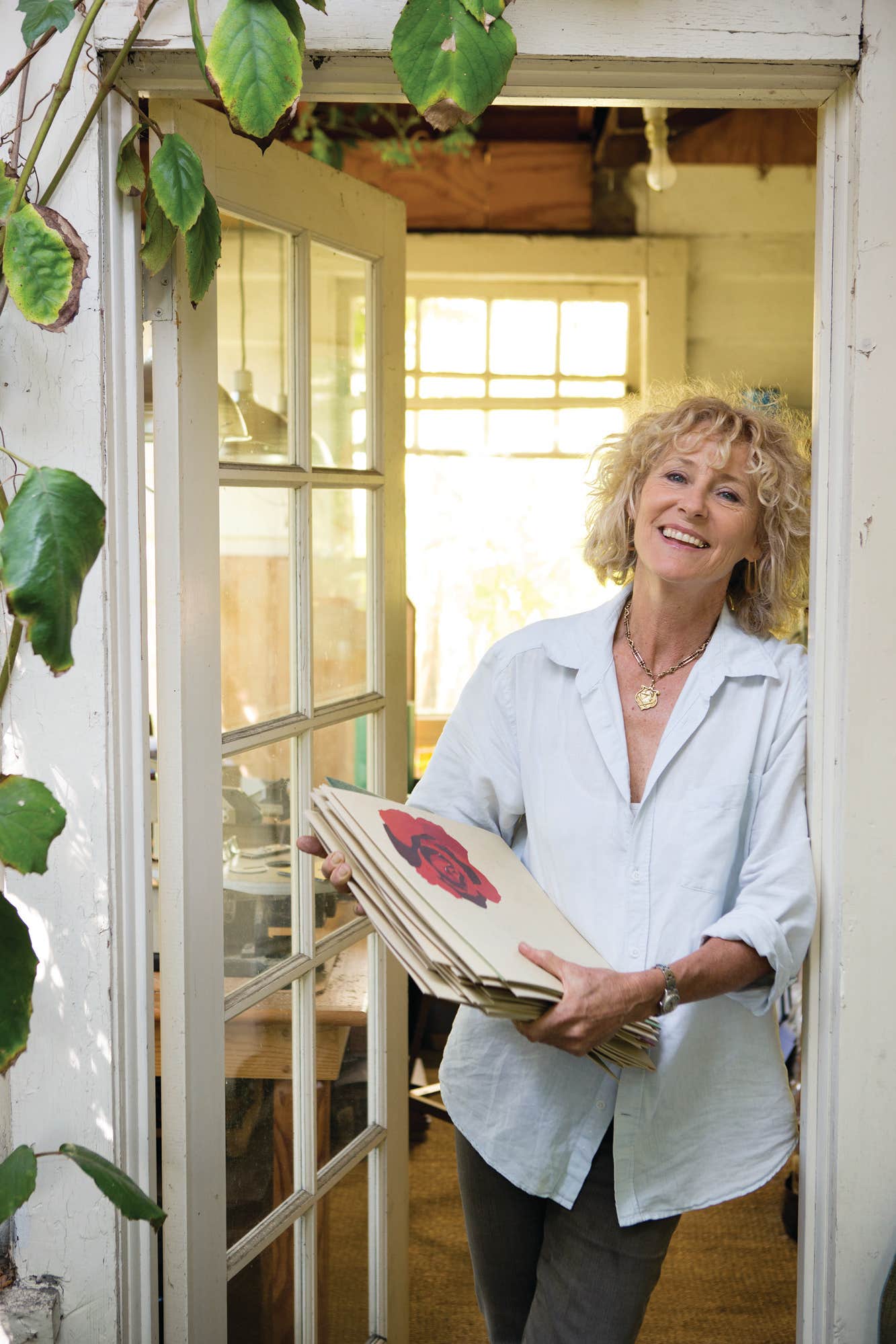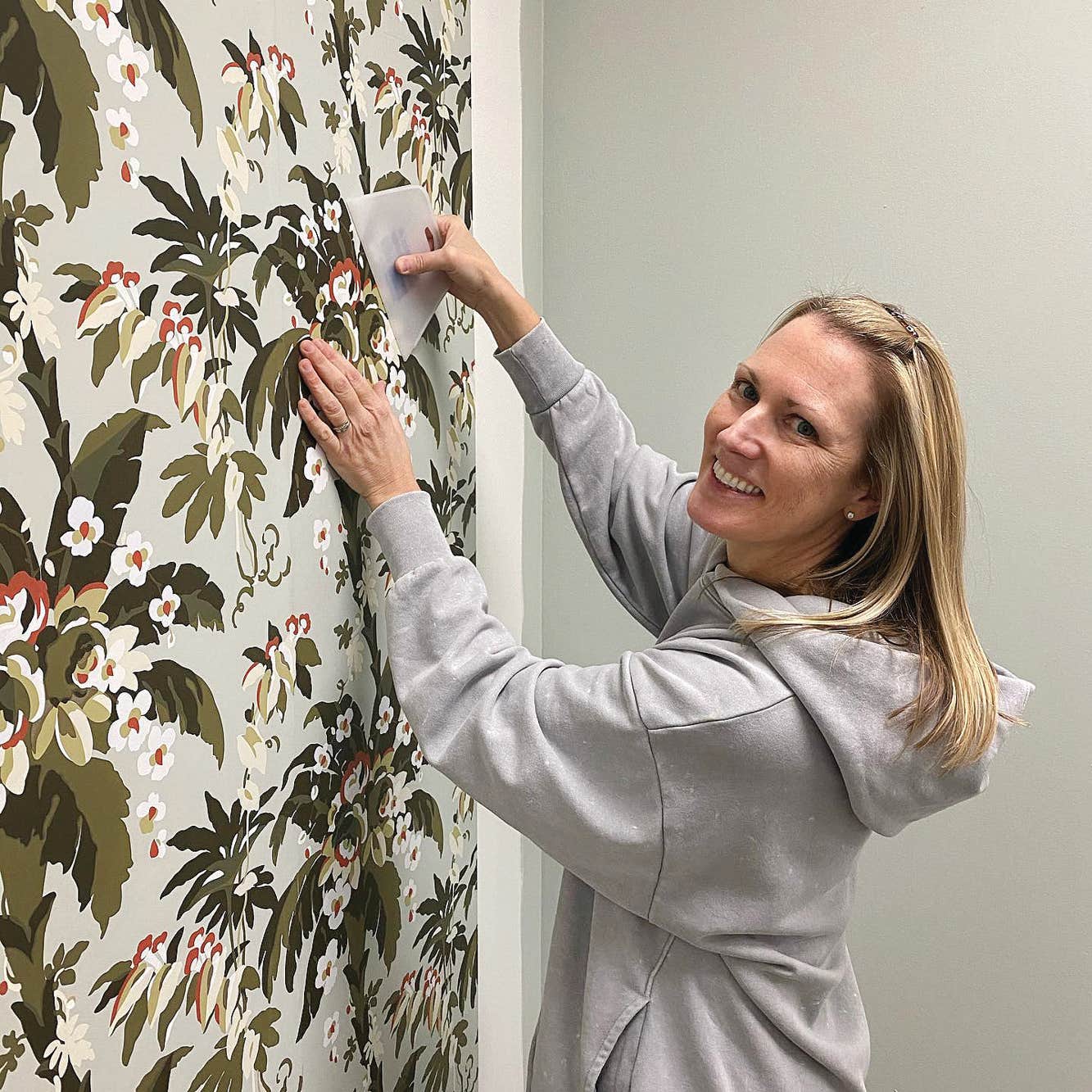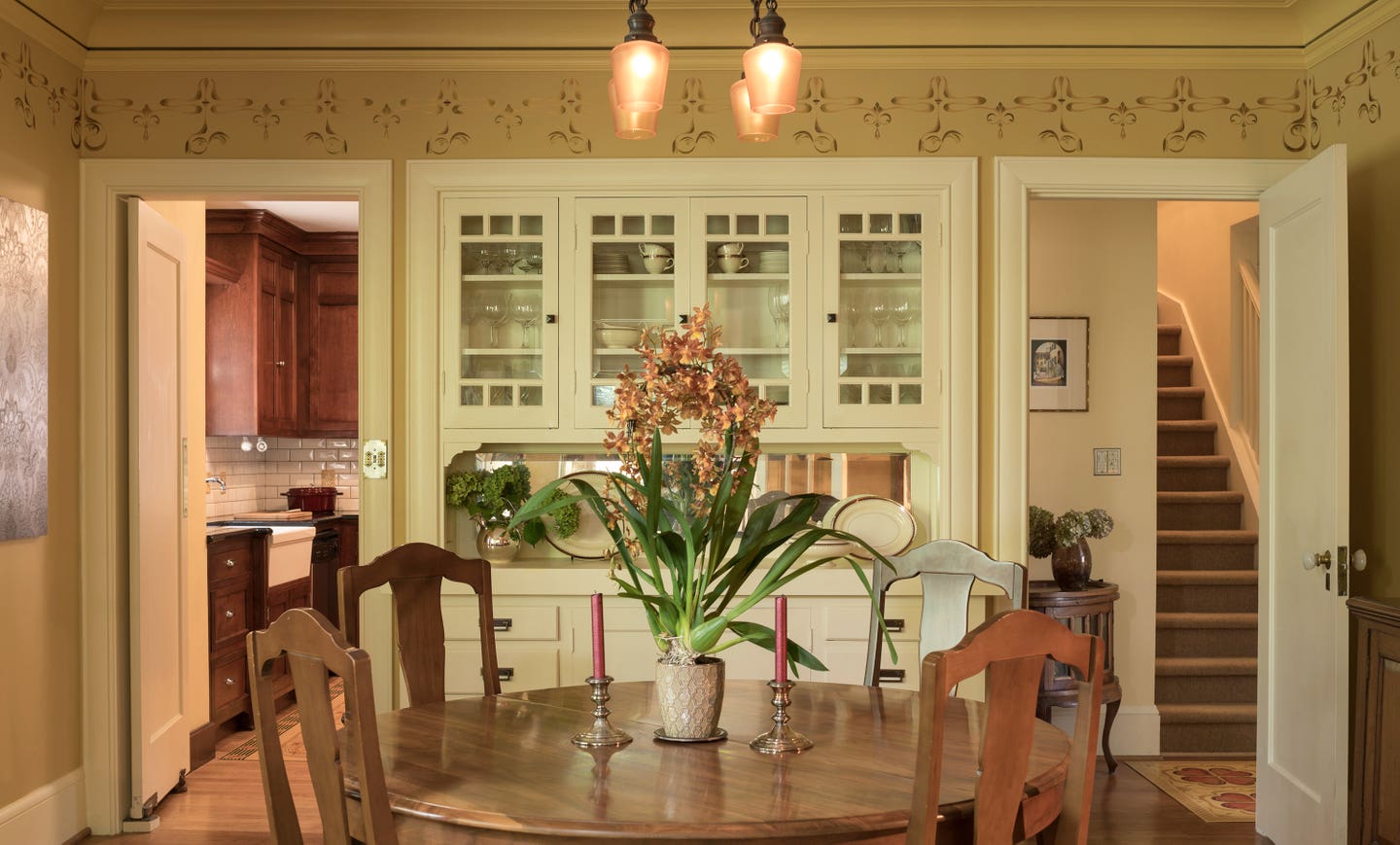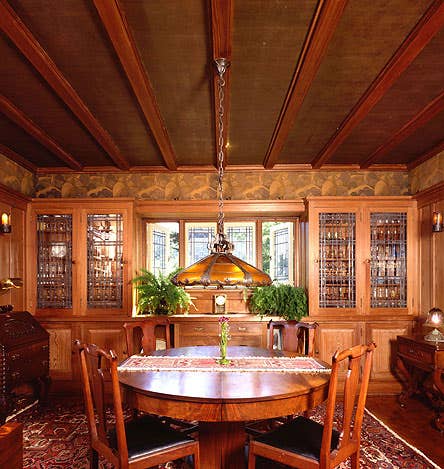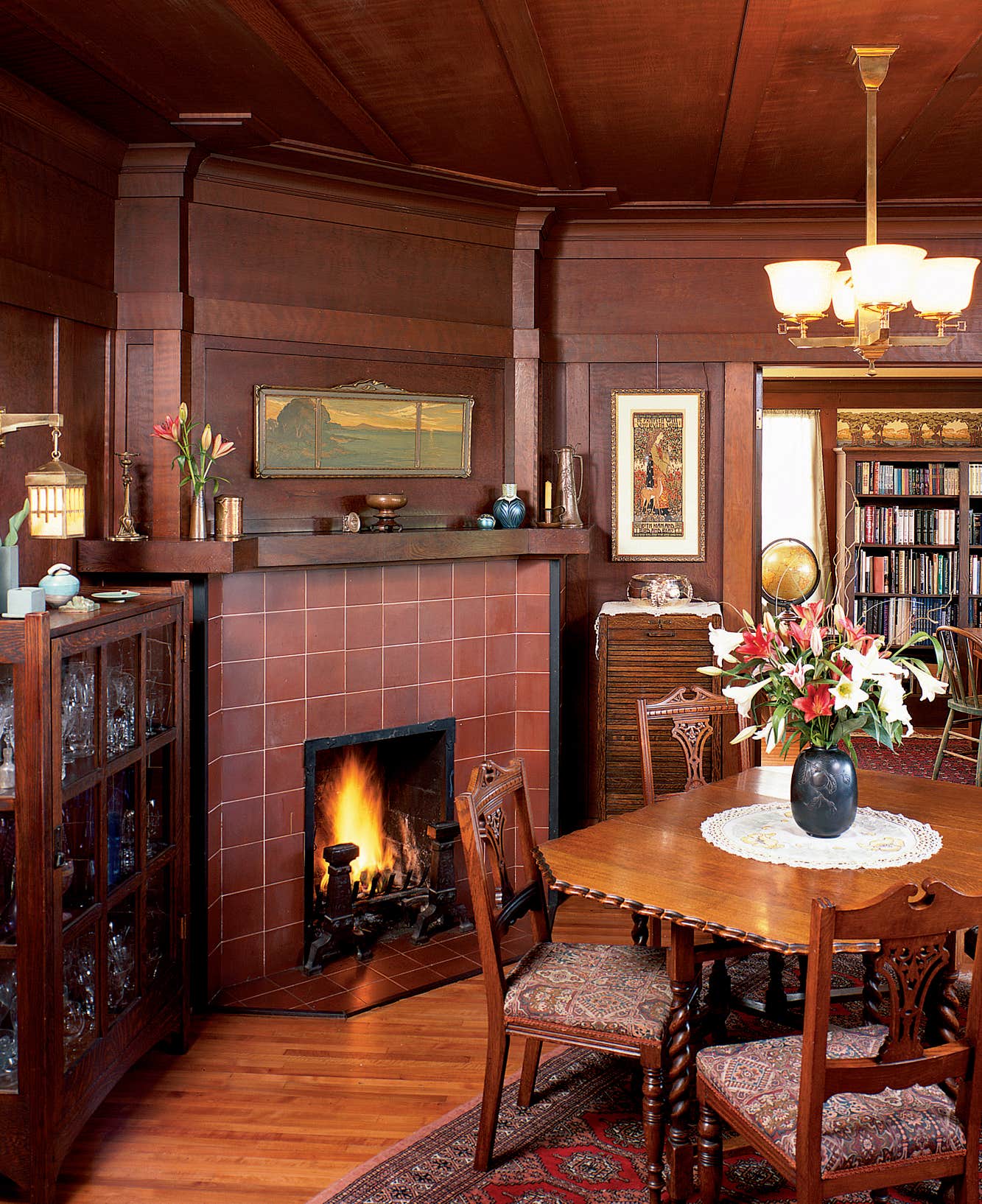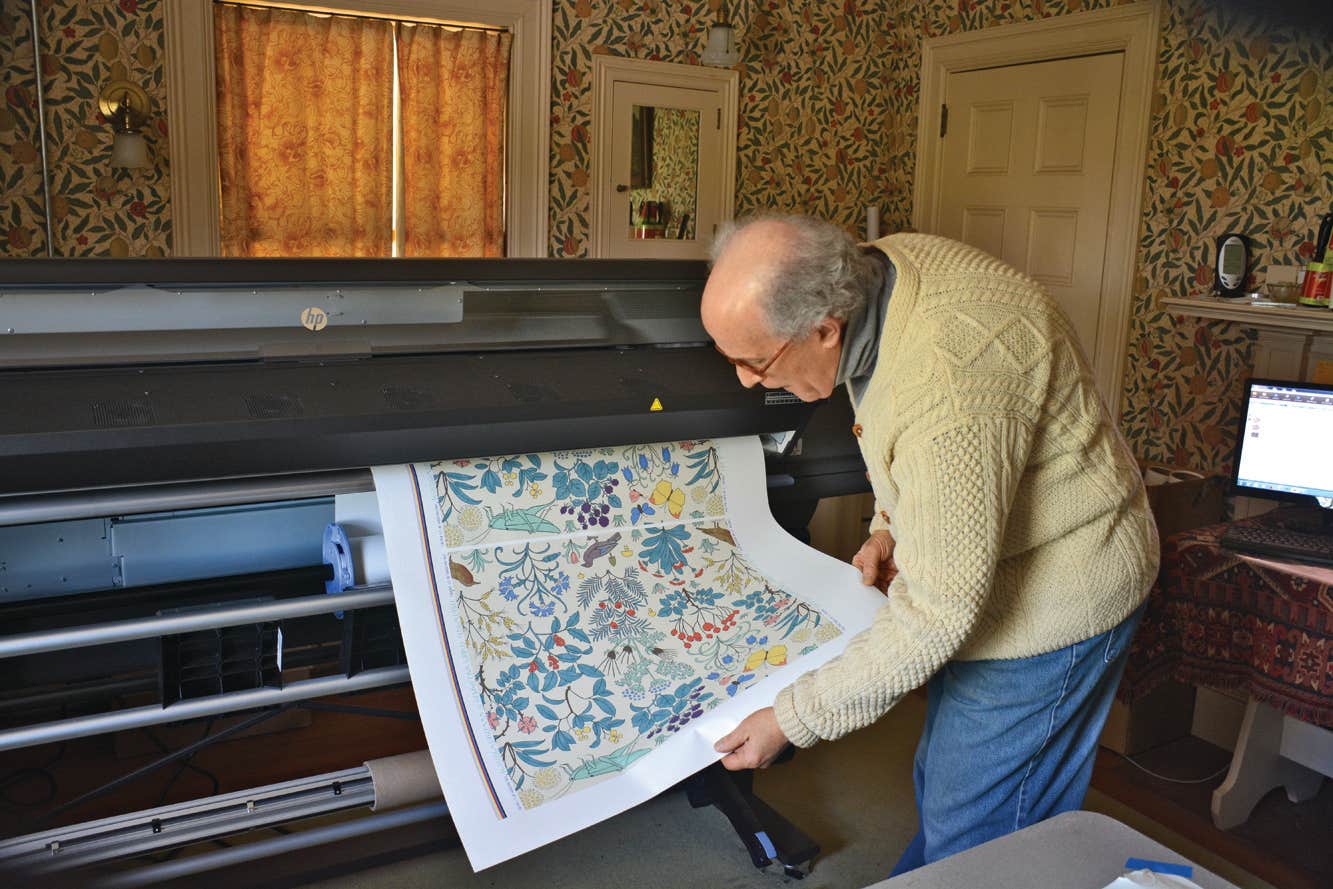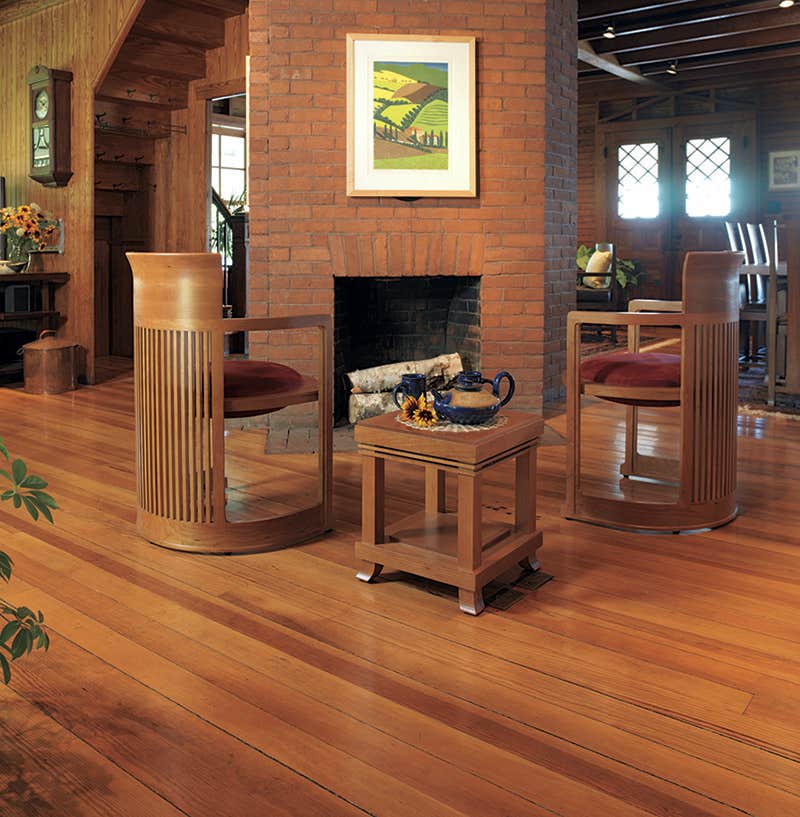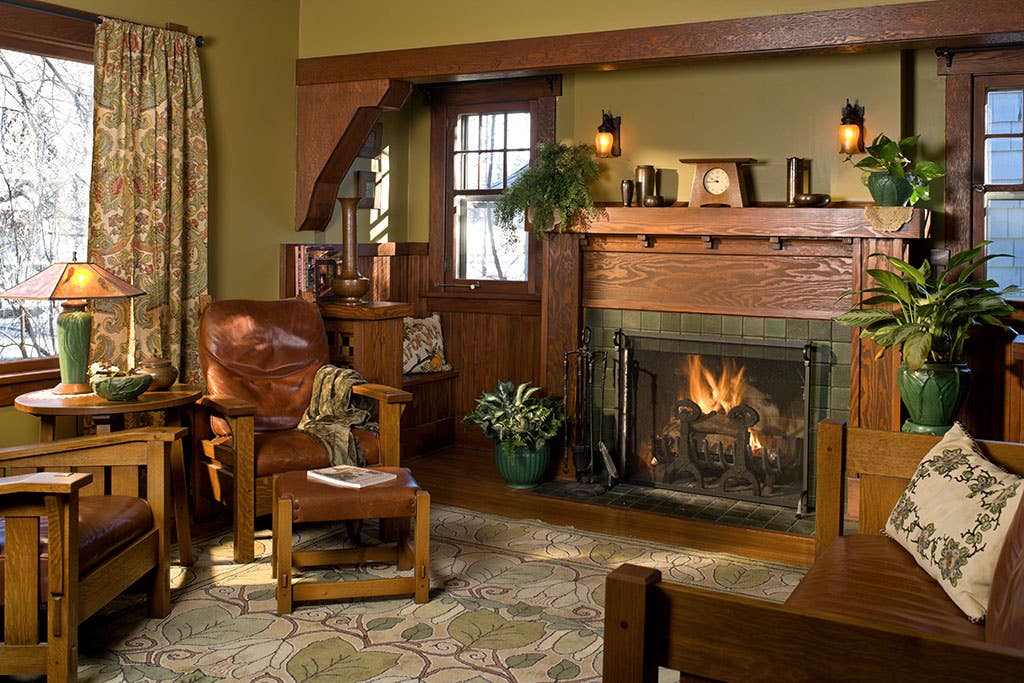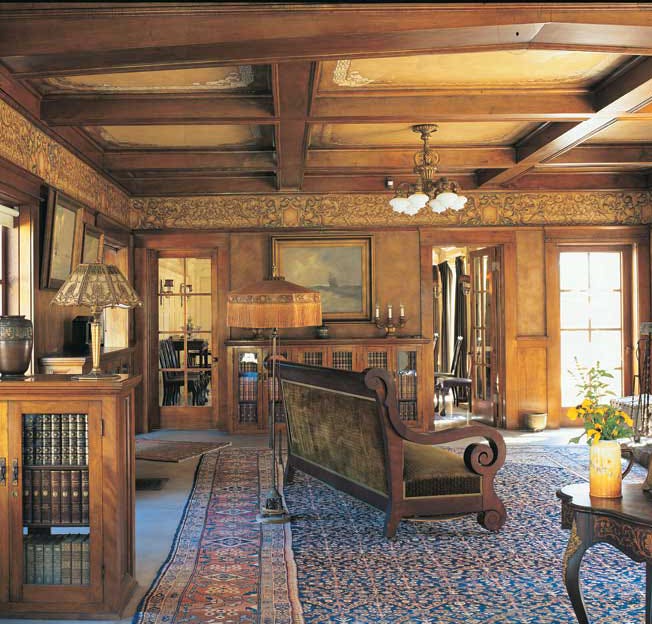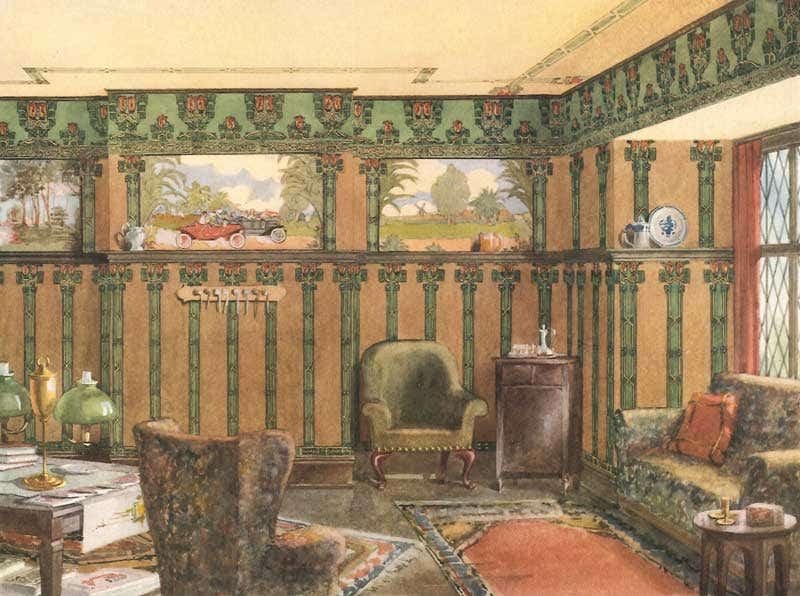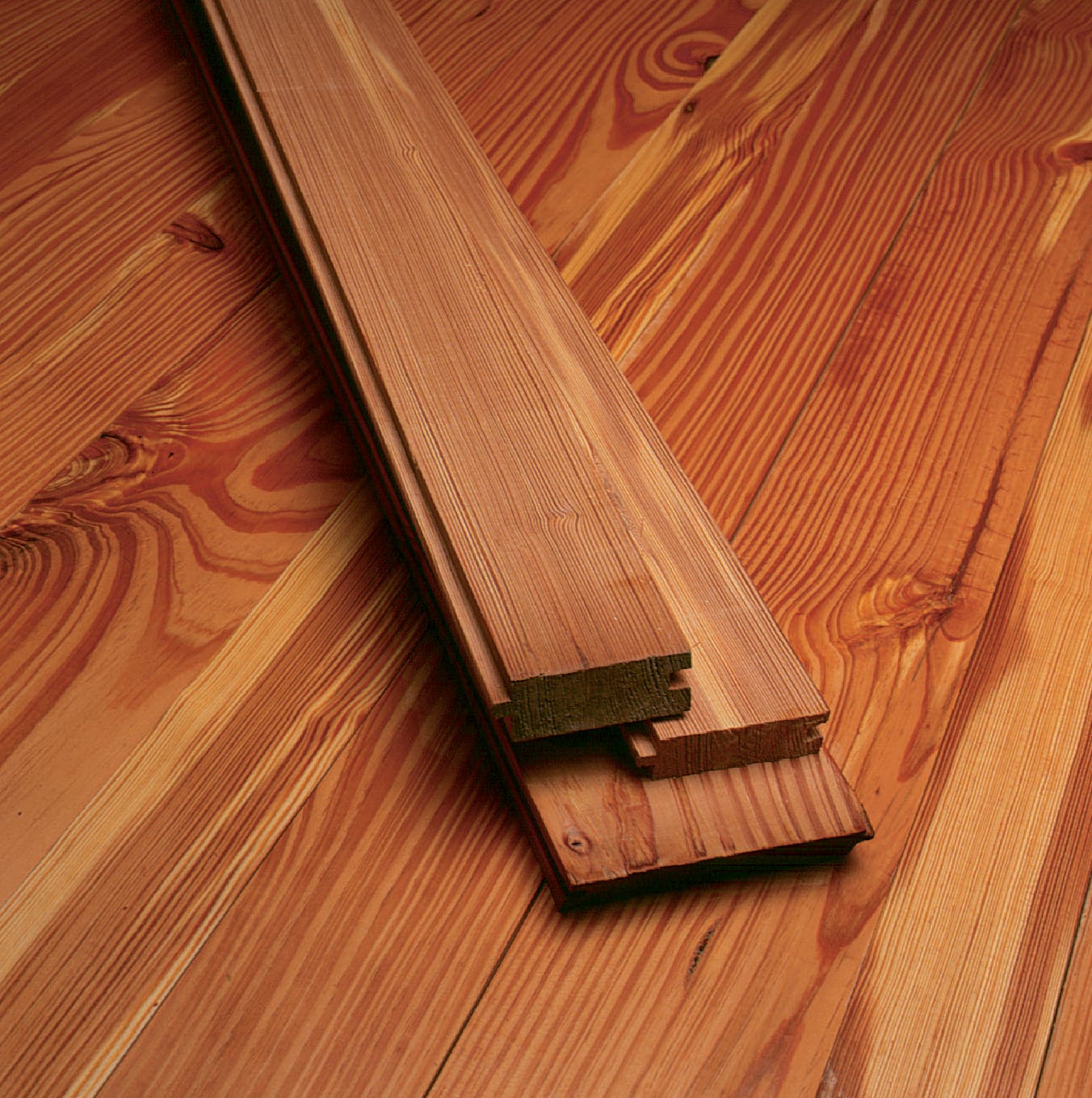Floors, Walls and Ceilings
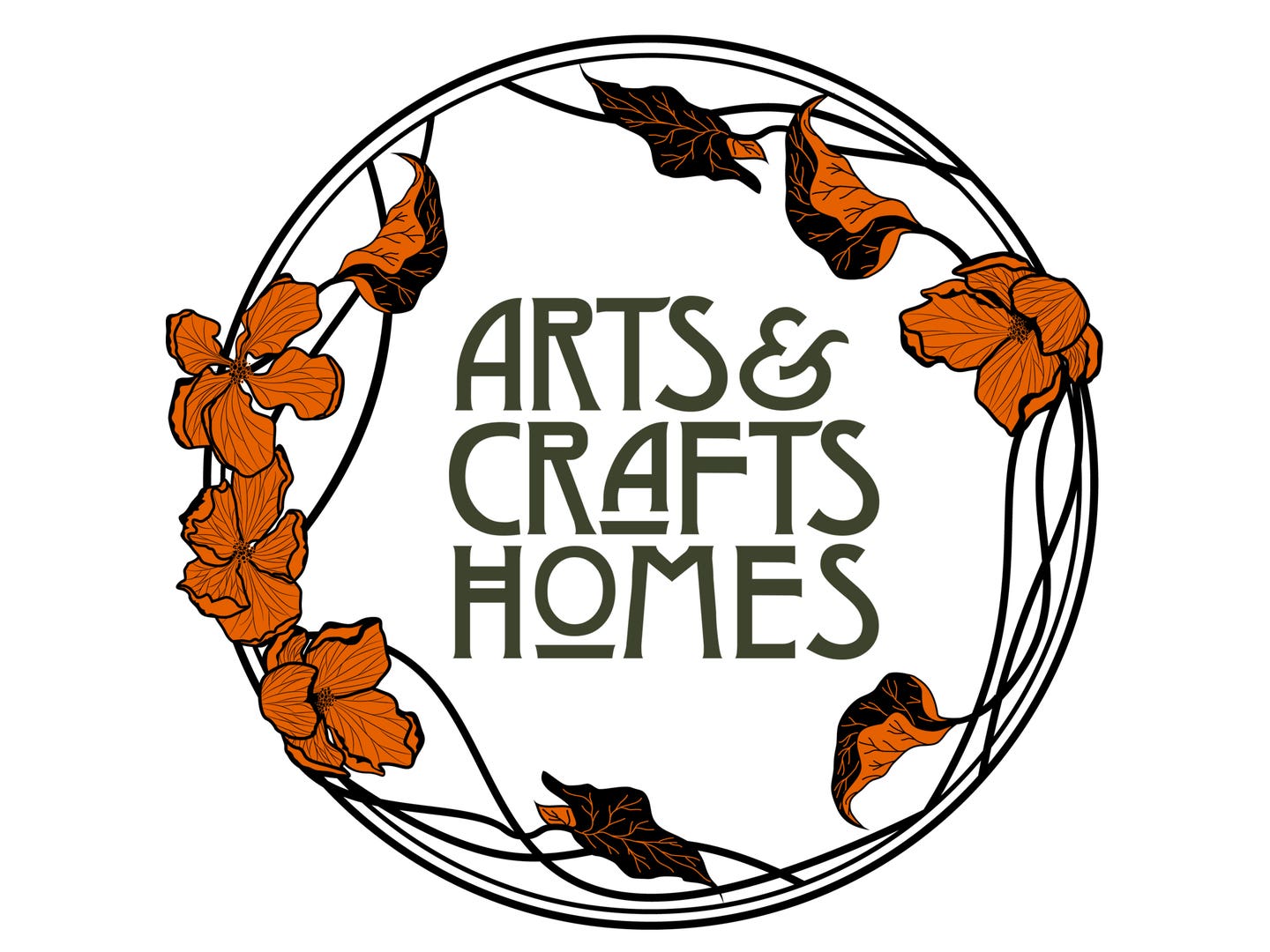
Some of the most beautiful and definitive elements of the Arts & Crafts movement can be found in the craftsmanship and design of each home's floors, walls and ceilings. Explore flooring materials such as wood, tile, linoleum and stone; find inspiration for your walls with historic paints, wallpapers and millwork; and discover which ceiling styles will enhance your Arts & Crafts home. SEE ALSO: Collectibles & Accessories | Furniture & Interior Style | Home Systems | Lighting & Hardware |Millwork (Mantel to Stairs) | Textiles
